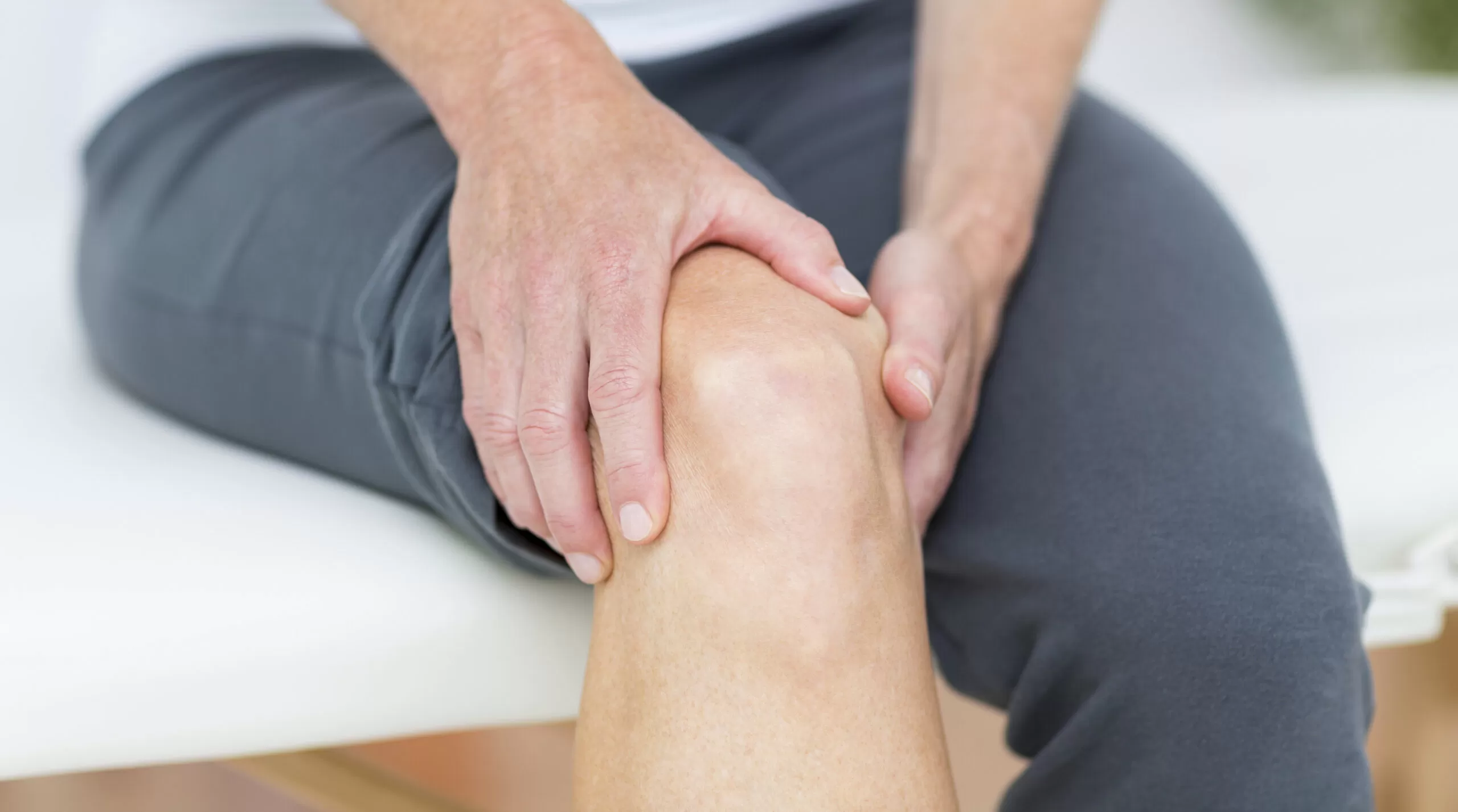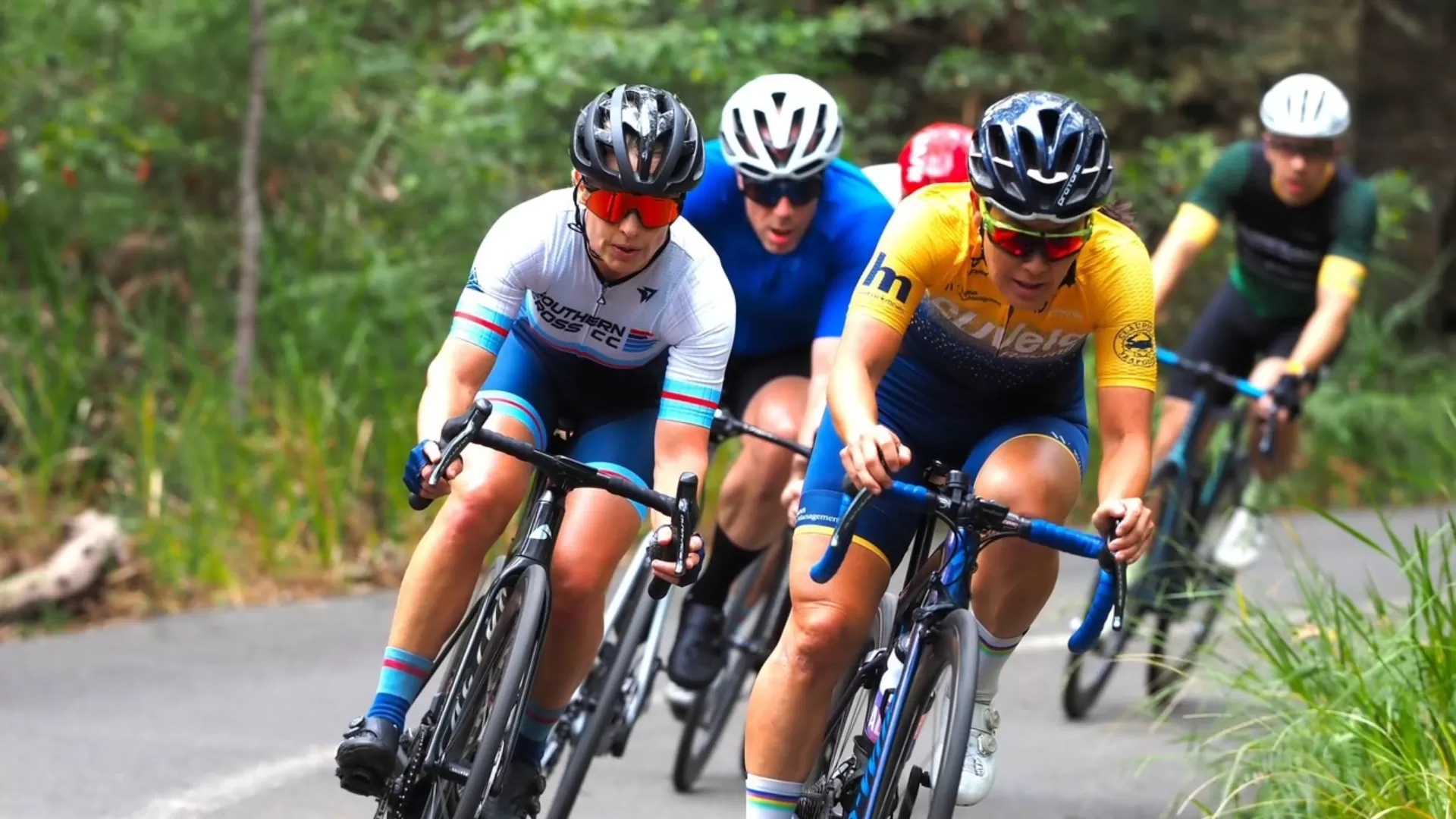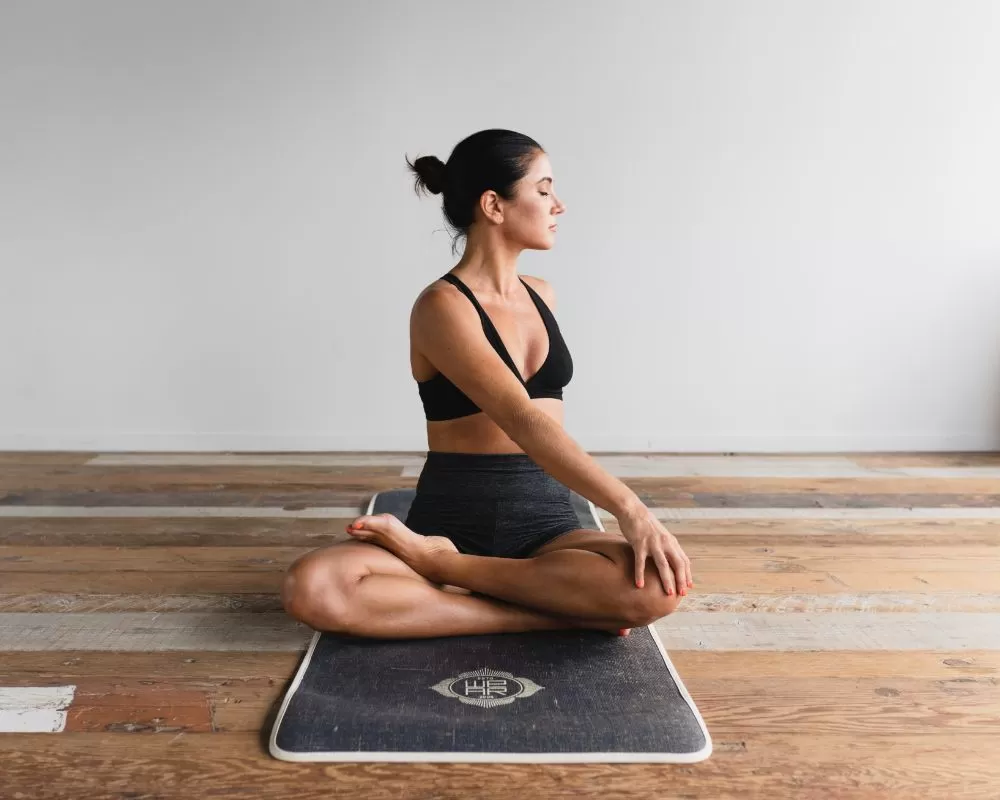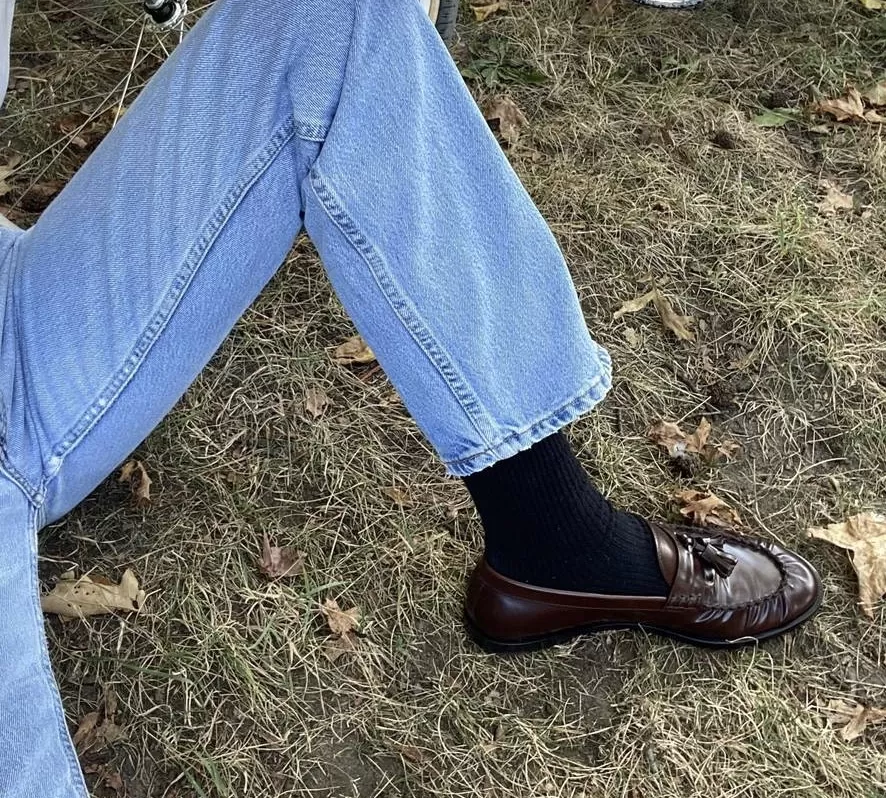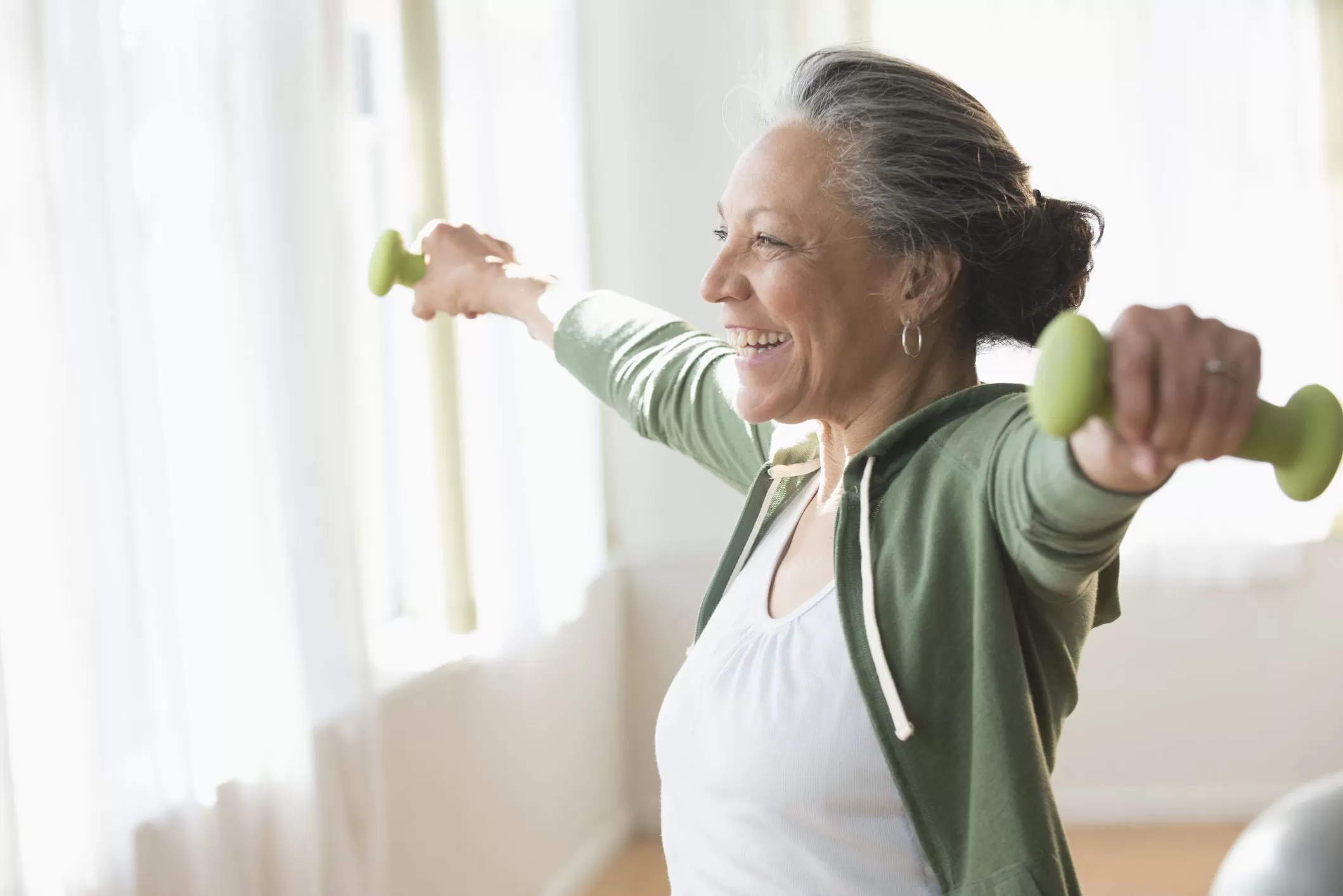
Fitness is no longer reserved for the young. Today, seniors over 50 represent nearly 35% of fitness enthusiasts in the United States, proving that staying active is not just a trend but a lifestyle. For older adults, the key to consistent workouts is safety. A safe gear list for senior fitness ensures comfort, prevents injuries, and makes exercise more enjoyable. From walking shoes to smart fitness trackers, the right equipment empowers seniors to move confidently. This guide explores the best senior-friendly gear and highlights what to look for when investing in fitness essentials.
Comfortable Walking Shoes for Stability
Walking remains the most popular and accessible exercise for seniors. The foundation of safety begins with the right shoes. Choose models with non-slip soles that provide excellent grip on both indoor and outdoor surfaces. Wide toe boxes are also essential, giving feet enough space to breathe and preventing blisters or bunions. Shoes designed with cushioned midsoles reduce pressure on joints, while lightweight fabrics keep feet cool. For seniors who prefer daily walks around the neighborhood or treadmill sessions at the gym, supportive walking shoes are a non-negotiable item on any safe gear list.
Lightweight Knee Braces for Joint Support
Joint discomfort is one of the most common barriers that discourages seniors from staying active. Lightweight knee braces provide the needed balance between support and flexibility. Look for braces with breathable holes that prevent overheating during longer workouts. Modern designs are discreet, slim, and comfortable enough to wear under clothing. For seniors participating in low-impact workouts such as yoga, Pilates, or even gardening, knee braces can reduce pressure on sensitive joints and promote stability. They also minimize the risk of falls or twists, which is especially important for individuals managing arthritis or recovering from minor injuries.
Senior-Friendly Fitness Programs
While gear is important, pairing it with the right fitness program completes the safety equation. Many gyms now offer specialized classes for older adults. Orangetheory, for example, has developed low-intensity programs that emphasize endurance and mobility over speed or heavy lifting. These classes often incorporate resistance bands, rowing machines, and light cardio routines, making them accessible for varying fitness levels. By following structured and guided workouts, seniors can exercise with confidence knowing that safety is prioritized. A safe gear list becomes even more effective when supported by programs designed with seniors’ needs in mind.
Smart Fitness Trackers with Clear Displays
Technology has become a trusted partner in senior fitness. Smart bracelets and fitness trackers are no longer just gadgets—they are health companions. For seniors, the key features to prioritize are large screens, clear heart rate monitoring, and simple interfaces. Devices that track steps, calories, and sleep cycles help older adults better understand their progress and make informed health choices. Some models also provide fall detection or emergency alerts, offering peace of mind for both seniors and their families. When paired with a smartphone or tablet, these devices provide real-time updates, ensuring workouts remain within safe intensity levels.
Anti-Slip Accessories for Everyday Use
Not all fitness gear is used at the gym. Everyday safety equipment can be equally important. Items such as anti-slip yoga mats, exercise gloves with strong grip, or water bottles with easy-open caps make workouts more secure. For seniors engaging in home fitness, non-slip mats provide stability during stretching, balance training, or light weight exercises. These accessories may seem small, but they play a big role in reducing injury risks while keeping workouts consistent and comfortable.
Cost-Friendly Choices Without Compromising Safety
One of the biggest misconceptions about senior fitness gear is that it has to be expensive. In reality, safe gear is more about functionality than price tags. A quality pair of walking shoes or a well-designed knee brace can provide years of support without breaking the bank. Many fitness trackers come in budget-friendly options that still include large screens and accurate monitoring. Seniors should focus on three essentials: anti-slip design, protective support, and ease of use. By investing in these features, it is possible to build a complete safe gear list that supports long-term health without overspending.
Conclusion
For seniors, fitness is not about competition but about maintaining independence, mobility, and overall well-being. A safe gear list for senior fitness combines walking shoes with non-slip soles, lightweight knee braces, senior-friendly fitness classes, smart bracelets, and practical accessories like yoga mats. Safety should always be the guiding principle, and the right equipment makes workouts not only effective but enjoyable. By focusing on comfort, protection, and ease of use, older adults can stay active with confidence. Senior-friendly gear proves that investing in safety is truly an investment in quality of life.

